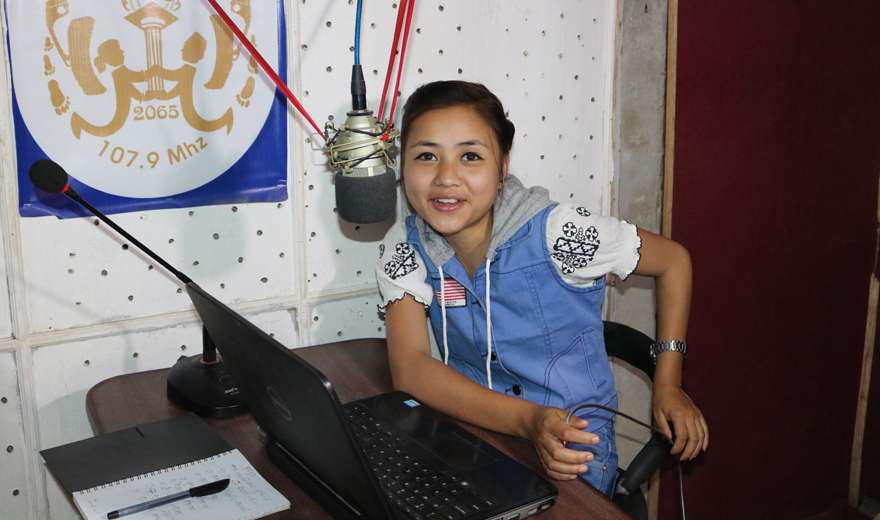Article 16 of the UN Declaration on the Rights of Indigenous Peoples states the following:
- Indigenous peoples have the right to establish their own media in their own languages and to have access to all forms of non-indigenous media without discrimination.
- States shall take effective measures to ensure that State-owned media duly reflect indigenous cultural diversity. States, without prejudice to ensuring full freedom of expression, should encourage privately owned media to adequately reflect indigenous cultural diversity.
On September 20, 2015, Nepal promulgated a new constitution which guarantees a “full freedom of the press” in its preamble, making press freedom strong and inviolable. To proceed in the spirit of the preamble, Article 17 (2) (a) assures that every Nepali citizen will have freedom of opinion and expression.
Indigenous Journalists are not united or registered in the Federation of Nepalese Journalists due to the Federation’s strict criteria of working in mainstream media. Even if Indigenous journalists are attacked or threatened, these incidents often go unreported.
Similarly, Article 19, which focuses on press, publication and broadcasting rights, guarantees that there will not be prior censorship against any media for 2 publishing, broadcasting or disseminating any news content, including news, editorials and feature articles.1 Similarly, no media will be closed or its registration cancelled and no media equipment will be seized for printing, publishing or broadcasting of any content. Finally, Article 27 guarantees all citizens the right to information. However, many problems continue, in particular for Indigenous journalists in Nepal.
First of all, Indigenous Journalists are not united or registered in the Federation of Nepalese Journalists due to the Federation’s strict criteria of working in mainstream media. Even if Indigenous journalists are attacked or threatened, these incidents often go unreported. A civil society Federation of Nepalese Indigenous Journalists (FoNIJ), was established to unite Indigenous journalists to lobby their rights, however it is not capable of monitoring the safety of all its members.
Based on the available data produced by different media houses, both the physical and professional safety of Indigenous journalists (also non-indigenous journalists) remain a major challenge in Nepal.
Based on the available data produced by different media houses, both the physical and professional safety of Indigenous journalists (also non-indigenous journalists) remain a major challenge in Nepal, and thus publication, broadcasting or dissemination of news content is not functioning at an ideal level. Despite the changes made to the new constitution, there remains no official mechanism for prevention, protection from, or prosecution of crimes against journalists in Nepal.
This report titled 'Observations on the Access of Indigenous Journalists and Community Communicators to Mechanisms of Prevention and Protection in Nepal, Mexico, Honduras, and Guatemala', prepared and submitted in February, 2018 for the Office of the High Commission on Human Rights.
Report available Here :
Also read here:
